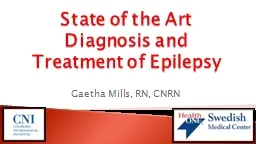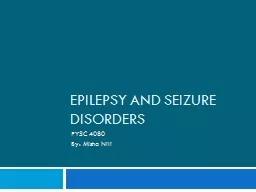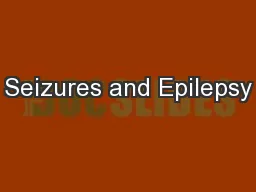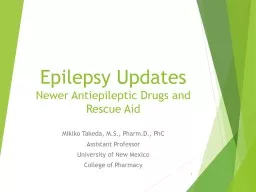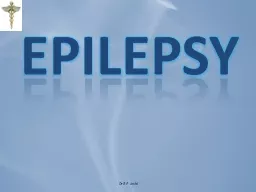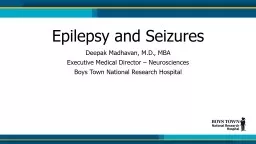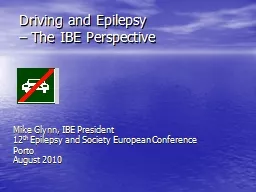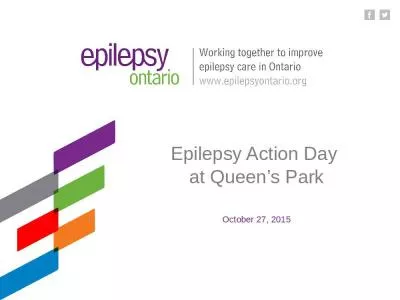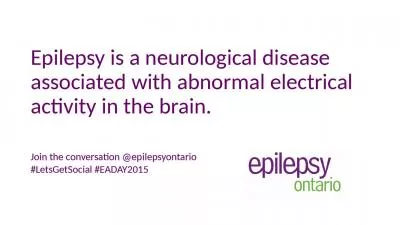PPT-Approximately 3.4 million people in the world are living with epilepsy, and 470,000 of
Author : ximena | Published Date : 2024-02-09
Pediatric seizures can be difficult to control as treatment options are limited to high doses of antiepileptic drugs which do not always work Patients who do not
Presentation Embed Code
Download Presentation
Download Presentation The PPT/PDF document "Approximately 3.4 million people in the ..." is the property of its rightful owner. Permission is granted to download and print the materials on this website for personal, non-commercial use only, and to display it on your personal computer provided you do not modify the materials and that you retain all copyright notices contained in the materials. By downloading content from our website, you accept the terms of this agreement.
Approximately 3.4 million people in the world are living with epilepsy, and 470,000 of: Transcript
Download Rules Of Document
"Approximately 3.4 million people in the world are living with epilepsy, and 470,000 of"The content belongs to its owner. You may download and print it for personal use, without modification, and keep all copyright notices. By downloading, you agree to these terms.
Related Documents


